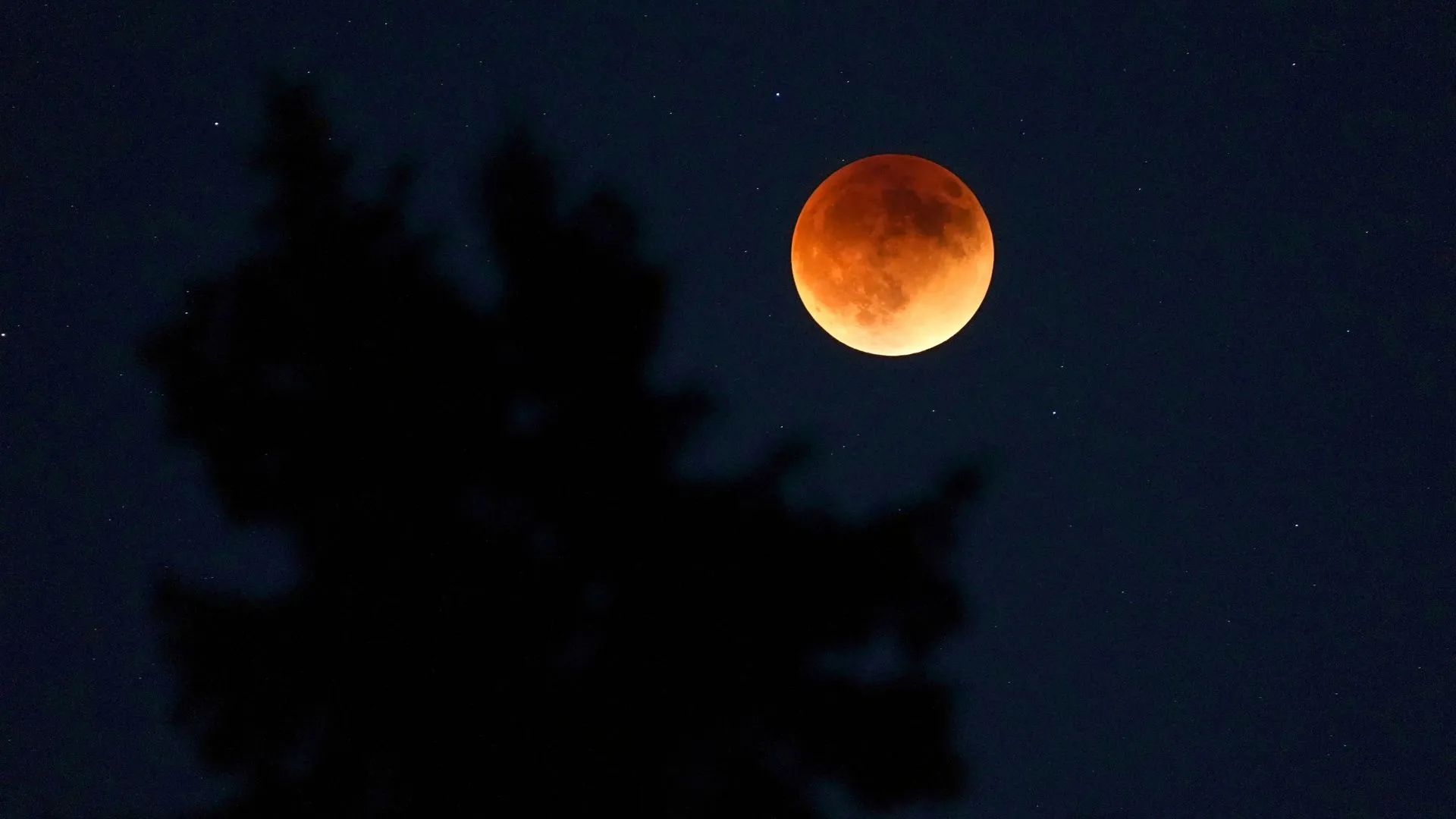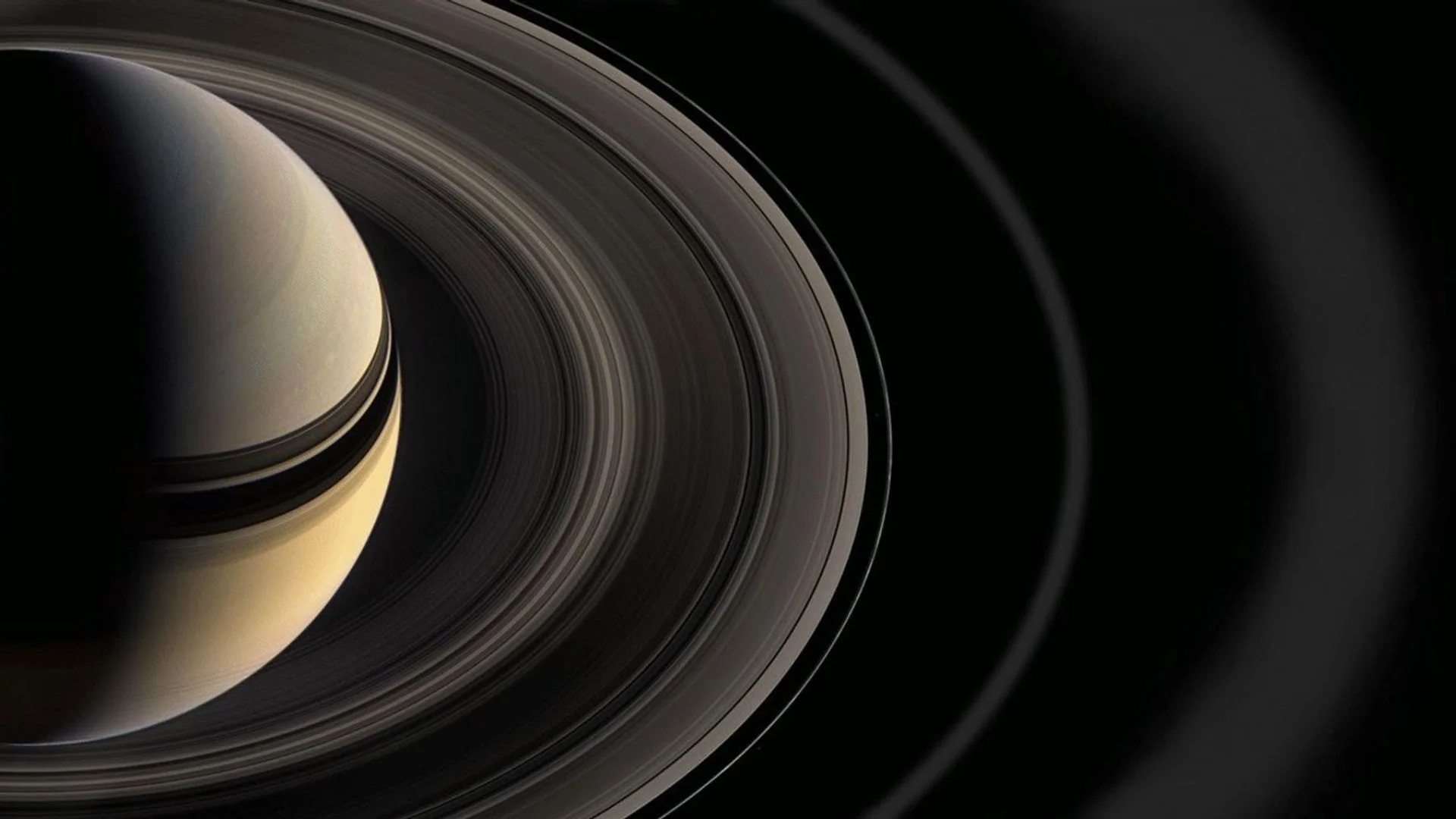On January 13, 2025, the Wolf Moon, the first full Moon of the year, will appear alongside the planet Mars, creating a rare celestial alignment that promises to captivate astronomers and stargazers alike. As the night progresses, the two celestial bodies will draw closer, offering a spectacular sight for both avid astronomy enthusiasts and casual observers.
The full Moon will rise in the eastern sky at approximately 19:30 UTC, signaling the beginning of the event. Mars, visible as a brilliant red “star,” will appear just below and to the left of the Moon. As the night unfolds, the Moon and Mars will climb higher in the sky, moving toward the southeast. By midnight, the Red Planet will be situated in the southern sky, to the left of the Moon.
Significance of the Wolf Moon
The Wolf Moon, the first full moon of the year, occurs on January 1, 2025. Historically, full moons have been named after natural phenomena, with the Wolf Moon believed to reference the winter activities of wolves, particularly their howling on chilly January nights. Despite its evocative name, the Wolf Moon behaves like any other full moon.
This year, its alignment with Mars adds a unique touch, coinciding with a period when the Red Planet is at its most visible. January’s clear, dark skies make it an ideal time for stargazing, enhancing the celestial experience.
Mars
It’s crucial to highlight the timing of Mars’ proximity to the Wolf Moon. On January 16, Mars will reach opposition, a phenomenon where the planet is directly opposite the Sun in Earth’s sky. This alignment causes Mars to appear larger and brighter, providing an exceptional viewing opportunity.
Astronomers recommend observing Mars from January 12 to January 16. During this window, surface features may be visible through a telescope. Even without advanced equipment, the planet’s vivid crimson hue will stand out brilliantly against the night sky, making it a striking sight for all stargazers.
The duo
The celestial dance between Mars and the Wolf Moon is a matter of perspective. While they may appear close together in the night sky, the two celestial bodies are actually millions of kilometers apart. Their apparent alignment is due to their respective positions as seen from Earth.
Beginning at 22:30 UTC on January 13, the pair will rise higher in the southeast sky. By midnight, they will be visible in the southern sky, with Mars seeming to graze the Moon’s northern edge. Early risers on January 14 can catch the duo moving westward, as Mars appears to pass over the edge of the Moon’s disc just before sunrise.
Post-Wolf Moon
Even after its conjunction with the Moon, Mars will remain a striking feature in the January night sky. On January 14, the Red Planet will reappear in the eastern sky, positioned above and to the right of the waning Moon. Over the following days, Mars will drift farther away from the fading Moon, allowing observers to appreciate its solitary brilliance.
This celestial display is expected to captivate both novice and seasoned astronomers alike. As reported by The BBC, such alignments are not only rare but also provide a unique opportunity to connect with the rhythms of the cosmos.










